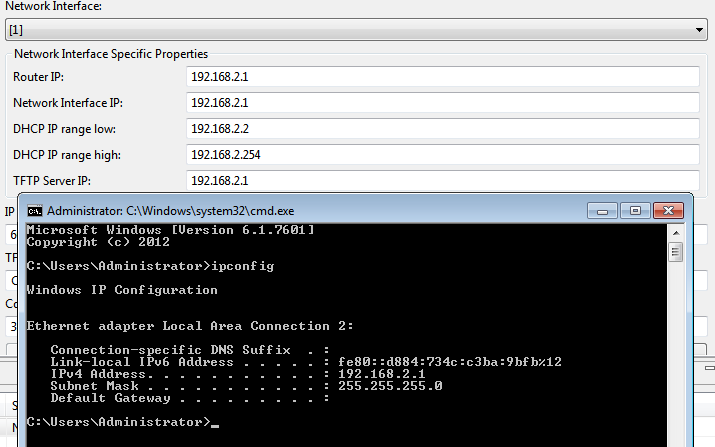
- UBUNTU 14.04.2 DEFAULT INETRFACES FILE HOW TO
- UBUNTU 14.04.2 DEFAULT INETRFACES FILE ZIP FILE
- UBUNTU 14.04.2 DEFAULT INETRFACES FILE UPDATE
Did I miss something? Have you managed to boot in BIOS mode with this system? Or is it an UEFI-only system?Ħ. I did not even get to the grub menu in BIOS mode. But I could only boot in UEFI mode, not in BIOS mode alias CSM. Notice that I could also boot the 32-bit Xubuntu system in UEFI mode.ĥ. I modified grub.cfg and could boot from the following iso files Or an advanced unzip command line to do it directly.Ĥ. Maybe it would help to suggest an rsync command to copy the content of the zipfile to the pendrive, for example The grub-install command lacks a space between the boot directory and the device, should beģ. Instead, and the user should change x to what it should be.Ģ. If the user has two other mass storage devices connected, there is a risk that valuable data on I tested your multiboot system in my Toshiba laptop, my only computer with UEFI.ġ. Search for your machine's manual if needed. Each manufacturer has its own keys to do it. Or you can choose what drive to boot as soon as you turn on your computer. To boot the USB drive you can set your machine firmware to search first for the USB device (boot order). iso at /iso.įirst and most important, deactivate secure boot on your computer's firmware. Use # to comment those lines you don't want to use, e.g.
UBUNTU 14.04.2 DEFAULT INETRFACES FILE HOW TO
There is lots of examples on the web about how to configure grub2 menu. Note that the most important variable to set is isofile. iso files you want to load in /mnt/iso/ and setup grub.cfg like the existing examples. PS: If you have problems to copy and paste content on /mnt, you can use sudo to do it PS: Grub2 installation might throw some error messages, just ignore it. Sudo grub-install -removable -boot-directory=/mnt/boot -efi-directory=/mnt/EFI/BOOT /dev/sdb In the end, you might get a directory tree like this: The most important files are bootia32.efi to boot on 32bit machines, boot圆4.efi to boot on 64bit machines and grub.cfg to setup grub to load ISOs or chainload to other paths.
UBUNTU 14.04.2 DEFAULT INETRFACES FILE ZIP FILE
Link to Download is: Įxtract the zip file and paste those inner files using Command Line Interface or a file manager you like. If you don't trust my files, create yours using this page as reference ().

To make life easier, I created a pack with all necessary files for you to modify as you need (). Second Step: Copy files and Set directory structure We are done with Step One, you can check modifications with sudo parted -l or with Gparted. Sudo mkfs.vfat -F32 -n GRUB2EFI /dev/sdb1 Sudo sgdisk -new=1:0:0 -typecode=1:ef00 /dev/sdb
UBUNTU 14.04.2 DEFAULT INETRFACES FILE UPDATE
You probably need to remove and insert the USB drive again at this point for the kernel to update information about it. To create a EFI firmware compatible boot drive, you need a GPT partition table and at least one FAT32 partition.

You are not afraid of Linux Command Interface You are logged with the first user (setted at installation or live session default) You are using a Ubuntu distro (any Ubuntu flavour) - Could be a live session (LiveCD) Your USB drive is the /dev/sdb device (You can check yours with sudo fdisk -l or using Gparted) You can format your usb drive (did you do a backup?) For this Tutorial, there are some Assumptions:


 0 kommentar(er)
0 kommentar(er)
